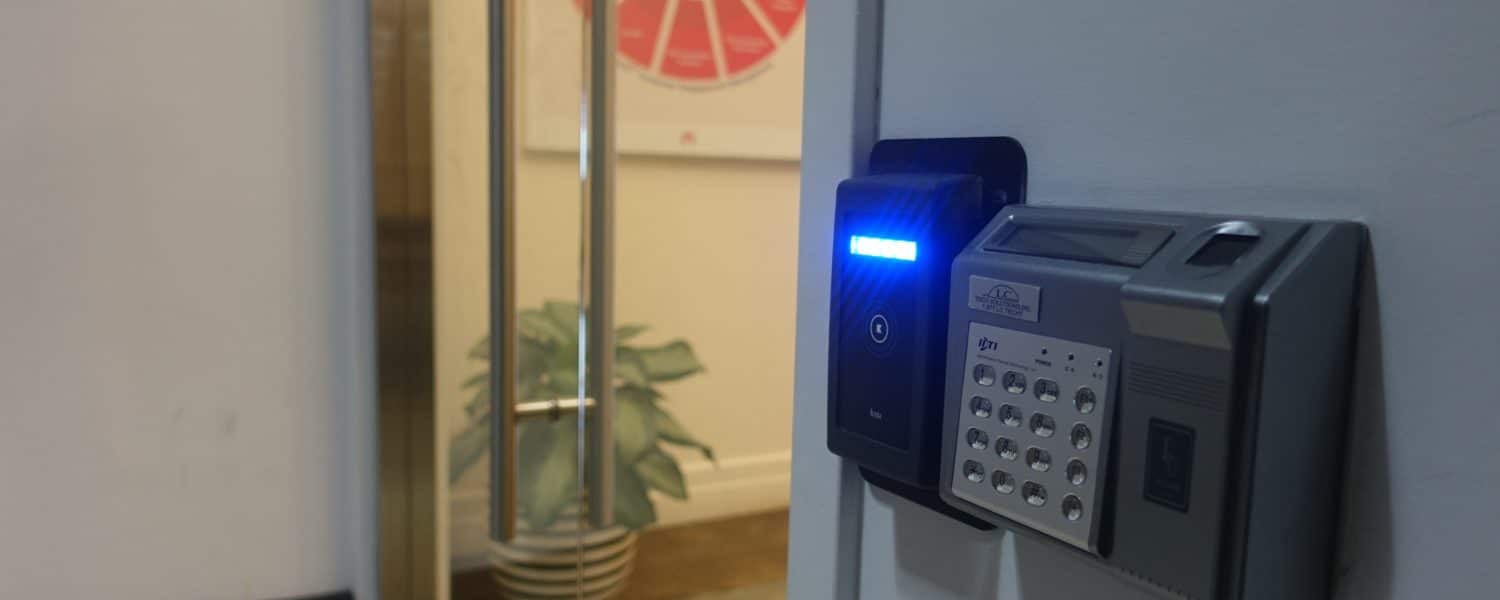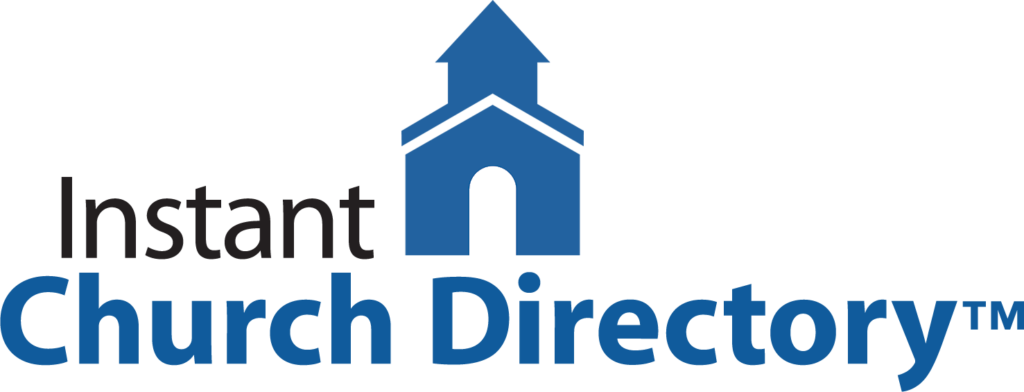People attend church for comfort, safety, and a sense of belonging. They don’t expect to feel unsafe or to have their security compromised during mass or prayer but, unfortunately, places of worship have become targets in our increasingly polarized world. Aside from political-fueled violence and bigotry, churches also often store valuable items of cultural and religious heritage that could be attractive to thieves and burglars.
It has been one year since the deadly shooting at a rural church in Sutherland Springs, Texas. A 19-year study, tracking deadly force incidents, found 2017 to be the most violent year for faith-based organizations; with 261 total incidents—robbery and domestic issues were among the most prominent issues affecting churches. Tragedies like these must be considered, in order to give your parishioners the safest experience possible and to foster your community.
Key Issues Affecting Church Security
Many churches are open 24/7, providing all-day access hours. In addition, they welcome large groups of people at the same time—this can trigger crowd-related security issues. Therefore, churches must plan, create and implement strict security policies and procedures. There are specific security elements that differentiate them from other spaces.
- Churchgoers are not facing the door during service, so they can’t see who enter and exit. Typically, the entrance and exit points, that are left unlocked during a service, are on the opposite end of the altar.
- Church buildings sponsor after-school programs, kindergarten and preschool classes, as well as religious education classes on weeknights. Schools and other community-oriented organizations rent the parish buildings or classrooms, this means that many different schedules and entities are operating at once. They all require different access needs.
- The community aspect of churches, and places of worship, presuppose inclusivity and a welcoming environment—not a facility with high security or a complex lock-out process.
- Volunteers looking to contribute to the church community need to get in the buildings to prepare for events, ceremonies, etc., which is not always at a time when a full-time facility manager can be present.
Churches with thousands of visitors employ a large security staff and install complex video surveillance systems to monitor the ministry. Some require the presence of law enforcement officers. If your facility isn’t a megachurch, you might think that adopting an access control system is unnecessary; however, the shooting in Texas proved that even small spaces of worship, with 100 members or less, can benefit from access control.
Not all people respect sacred places and won’t shy away from abusing the warm welcome; therefore, church administrations must set security policies and procedures. New church members must be introduced to these procedures as they join, so they don’t endanger the wellbeing of other members.
Types of Security Policies Available
Here are some of the most important aspects of church security policies:
Develop a church security plan.
Security plans should be a part of the security policy and should help people behave safely when an issue arises. However, a plan is just the backbone of church security and it misses many practical (physical) elements.
Install video surveillance.
CCTV systems are a convenient monitoring option because they enable staff to oversee all areas from one room and respond instantly by giving a command via the central dashboard (if applicable).
Create a security policy.
Fires, violent entries, domestic disturbances, attacks and shootings must be given special attention. Failure to do so may result in greater damage and harm to people and property.
Create access role policies.
Structure anyone who enters your facilities by access level. For example, IT and executive staff should be able to access all doors 24/7, staff should be able to access during business hours (except sensitive doors), and volunteers should be able to access only the main doors during business hours.
Design a plan to cooperate with local law enforcement.
Ask them to join large-scale gatherings and enforce an Incident Response Plan (IRP), so that they can help you tackle serious incidents.
Train church leaders about security.
In a special educational section of your security policy, explain the role of church leaders and hold them accountable.
Separate public and private WiFi use.
This will help the church administration have control over who can share sensitive information over the public network and restrict the church security system to private WiFi networks.
Assign patrolling staff.
It’s vital to include church staff in your security procedure, because they have authority and influence, due to the role they play in the community, and can motivate people to cooperate in sensitive security situations.
Protect funds and other material resources.
Church funding and member donations should be kept protected in a safe area, in which only authorized personnel can get access.
Material and resources must be locked away when not in use.
Audit the church access control system. Conduct audits to physical locations that are frequented often and occasionally review the security policies to make sure that you establish periodical maintenance check rules to the installed access control solution.
Cloud-Based Access Control Systems for Churches
A vulnerable place is an open invitation for an attack. More faith-based institutions are facing the reality of security. Instead of relying upon the goodwill of society, they have begun implementing contemporary access control solutions.
Cloud-based access control is an advantageous solution for church security. It tackles many of the security challenges that churches face, mentioned above, with one solution. Security staff or community leaders can manage all aspects of access control through their private WiFi network, on the premises or from anywhere in the world through their access control company’s digital dashboard. Small churches don’t need to hire security staff or pay additional money for a front door worker, depending on the amount of members, and community leaders don’t need to spend time duplicating or retrieving keys.
One person, or many administrators, can control all locks and alarms from a desktop computer or smartphone. Cloud-based solutions consist of electronic components that use sensors to detect danger, and electromagnetic doors and locks to create barriers. There’s no need for construction work or altering the century-old architecture and heritage of doors, either; installation of modern access control solutions are neat and elegant.
The person in charge can create role-based authorizations for staff and assign each member a role that corresponds to a specific location and task. All data is collected and can be used by the church for analytical purposes—to find vulnerable points and improve church security. Access logs can also be used to decide how to best utilize the facility for kindergarten, after-school activities, etc.
More and more organizations rely on the use of cloud-based community software. The opportunity of security systems is to integrate with those community softwares to make sure everyone who will be getting in the space has been correctly authorized, on the security side, automatically.
When weighing access control options, it’s nice to have a visual element of security, such as a reader on the door, since it can deter thieves. However, churches who prioritize the aesthetic of their entrances can also opt to place proximity readers behind the walls. Find a cloud-based access control company that will listen to your individual needs, and one that understands the limited budgets of non-profits, to find the best solution for your space.
Times are changing for places of worship, but advances in technology can keep them safe and optimize the potential they have for the community to benefit from their facility and services. Since churches have become increasingly connected as community centers, with full offerings covering all phases of life, the amount of people going in and out at different times will continue to grow. Considering the hidden threats, while keeping the space accessible to everyone who should be permitted access, will be a key factor in every security strategy.
This article is courtesy of Kisi, which provides cloud-based access control solutions for churches and faith-based organizations to improve security, manage access and streamline day-to-day operations, www.getkisi.com.












